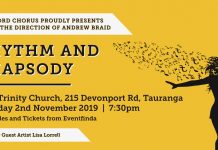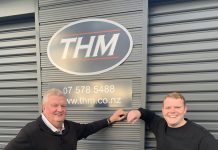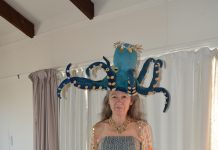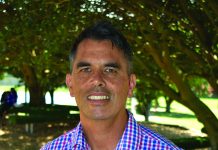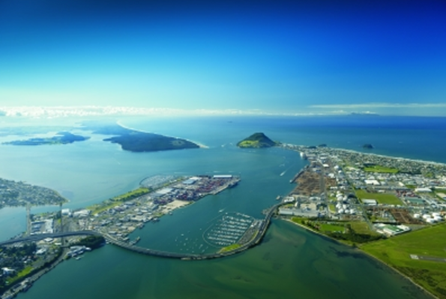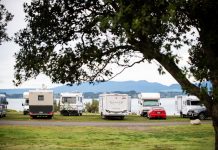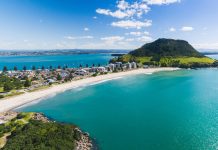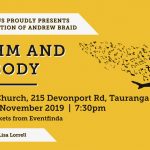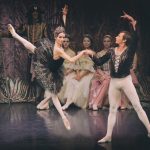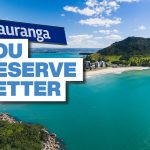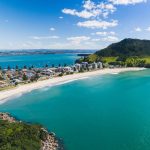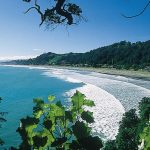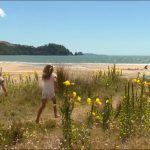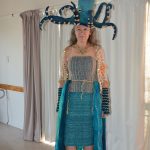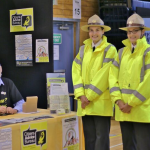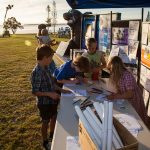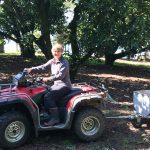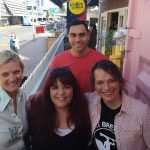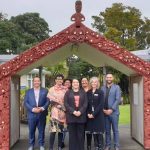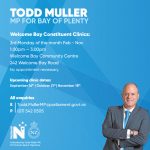Let’s talk about our public wealth
One thing we’ve not been very good at in Tauranga or for that matter the wider Bay of Plenty is talking about the extent of the public wealth held by different bodies more or less on behalf of the public. Mostly, we probably have no idea how wealthy some of our local institutions are and how little time is spent thinking about the best use of that wealth in the public interest.
TECT is currently in the headlines about the future of the $800 million or so which makes up its endowment. The current debate about how that should be dealt with has been remarkable for the degree of misinformation or lack of information from virtually all quarters. Still, the debate about TECT does show there is a real appetite in the public for having a say about capital held on its behalf and for that say to be a well-informed one.
Our Port wealth
TECT however is a relative minnow compared with the largest of our public wealth holders. The regional Council owns just under 55% of the capital of the Port of Tauranga. Most people probably think about that in much the same way as they think about councils owning parks and reserves, stadiums, office buildings and so on. They are there, they are physical assets that get used locally but they don’t have any particular significance when it comes to thinking about wealth, and especially about alternative uses of the wealth they represent.
The Port of Tauranga is a very different situation. Shares can be bought and sold but the port still remains and still contributes dramatically to the prosperity of the region (a few years ago there was a very good argument that regional Council ownership was essential to protect the port. That argument has now gone for a whole variety of reasons including changes to our overseas investment regime).
So what does the regional Council’s ownership represent in terms of public wealth? At today’s prices, the value of the shareholding is approaching NZ$1.9 billion. It’s an enormous accumulation of public wealth. Some of it has been tapped to provide contributions to local infrastructure – part funding for the Waikato University campus and the Opotiki harbour redevelopment as examples.
Time for a public debate?
What hasn’t happened, and it’s something the regional Council has very strongly resisted whenever the idea has been suggested, is any kind of public debate about the best use of the wealth represented by its port company shareholding. Until recently, there was strength in the argument that the Council should remain a majority shareholder. In today’s environment the situation is very different. It’s time for the regional Council and the region as a whole to look afresh at how this extraordinary accumulation of public wealth is best managed in the long-term interests of the region as a whole and not just as a cushion to underpin those particular activities the regional Council decides to undertake.
It’s a much wider debate than just whether the regional Council should consider helping fund the Tauranga museum. It’s an issue for all the region’s communities including those which are less prosperous than Tauranga and have even greater difficulty in raising funds to meet their own quite pressing needs.
Perhaps this should be a priority for all of the local councils in the Bay of Plenty.
Written by Peter McKinlay, MDL
Contact: peter[AT]mdl.co.nz



